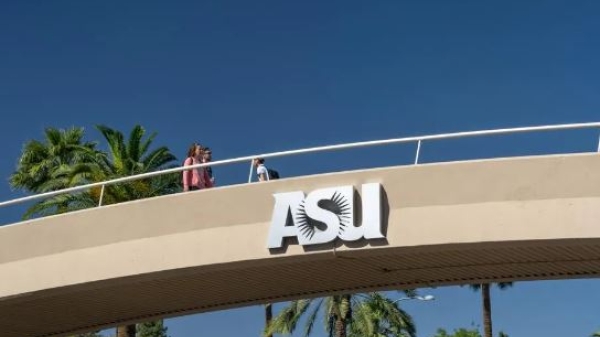ASU biogeochemists find disease-fighting properties in clay
The National Science Foundation recently reported on research being conducted by Arizona State University biogeochemist Lynda Williams and colleague Keith Morrison into naturally-occurring antibacterial clays that could be the answer to superbugs: disease-causing microorganisms that are resistant to multiple antibiotics, which creates a major public health concern.
According to a 2014 World Health Organization report, "This serious threat is no longer a prediction for the future ... it's happening right now in every region of the world and has the potential to affect anyone, of any age, in any country."
Williams and Morrison, both with ASU's School of Earth and Space Exploration, have found that incubating certain clays with various disease-causing pathogens, such as Escherichia coli and Staphylococcus epidermidis, impaired bacterial metabolism, thereby killing the bacteria.
Enriqueta Barrera, a program director in the National Science Foundation's Division of Earth Sciences, which funded the research, stated that “the results (of this research) have the potential to lead to the wide use of clays in the pharmaceutical industry."
The School of Earth and Space Exploration is an academic unit in ASU's College of Liberal Arts and Sciences.
Article source: National Science FoundationMore ASU in the news

We need to address the generative AI literacy gap in higher education

The streaming wars and Hollywood: How streaming apps are making a lasting impression on the movie landscape
